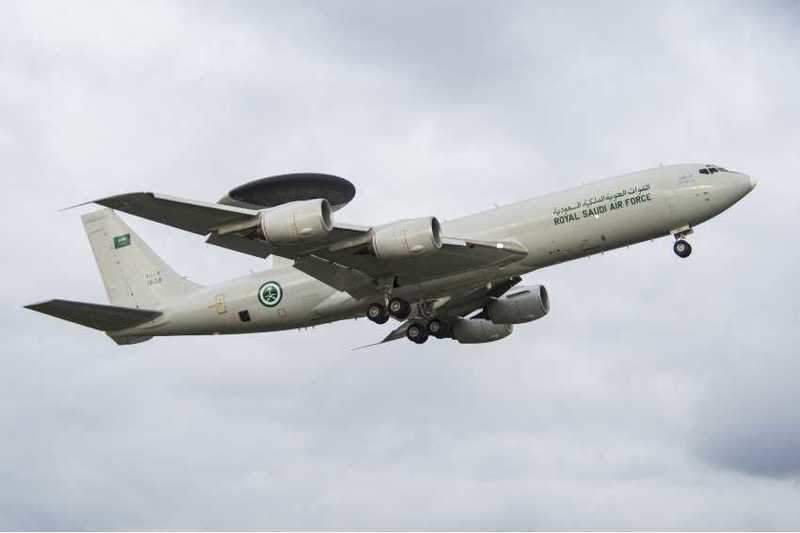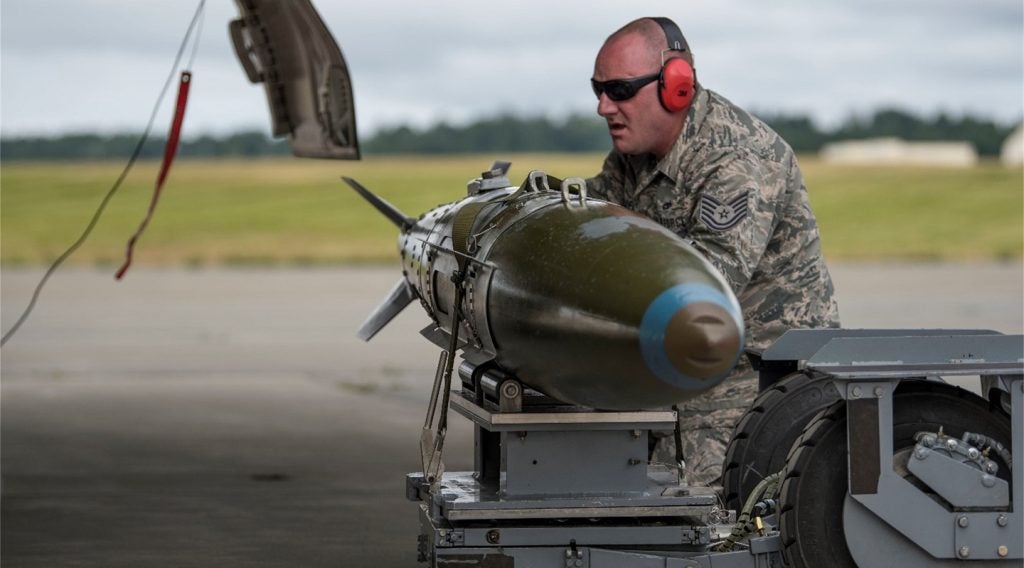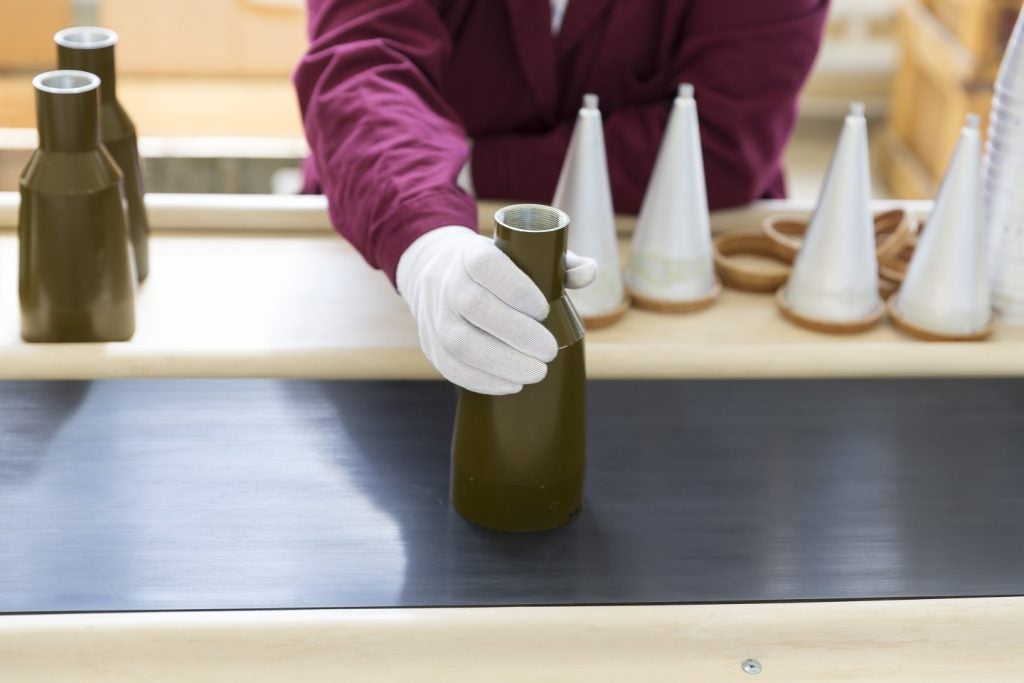

The Royal Saudi Air Force’s (RSAF) E-3A Airborne Warning and Control System (AWACS) aircraft have received Radar System Improvement Program (RSIP) upgrades.
The improvements were carried out by Boeing to develop radar capabilities and reduce repair time.
The work included the addition of a new radar computer, a radar control maintenance panel, as well as electrical and mechanical software and hardware.
Boeing Saudi AWACS programme manager Keith Burns said: "The AWACS’s main mission is to provide real-time situation awareness and our teams have stayed true to that mission.
“The modernised software, multiple radar nodes and overall enhanced operation make this the most significant upgrade to the AWACS radar since it was developed in the 1970s.”
The upgrade programme is intended to increase the original equipment’s radar sensitivity and expand the range of tracking targets.
How well do you really know your competitors?
Access the most comprehensive Company Profiles on the market, powered by GlobalData. Save hours of research. Gain competitive edge.

Thank you!
Your download email will arrive shortly
Not ready to buy yet? Download a free sample
We are confident about the unique quality of our Company Profiles. However, we want you to make the most beneficial decision for your business, so we offer a free sample that you can download by submitting the below form
By GlobalDataA team of engineers and technicians at Boeing carried out the installation and checkout of the first upgraded aircraft at Boeing Field in Seattle, US.
The remaining aircraft were modified at Alsalam Aerospace Industries in Riyadh, Saudi Arabia, with the support of Boeing engineers, technicians, and a test and evaluation team.
Northrop Grumman Electronic Systems-built RSIP kit has also been installed on AWACS fleets of the US, UK, Nato and France.
Powered by four Pratt and Whitney (P&W) TF-33 engines, the AWACS can travel at a top speed of 530mph and has an endurance of six hours.
With a length of 152ft and 11in, the aircraft has enough space to accommodate a four-member crew and 13 to 18 AWACS specialists.
Image: The Royal Saudi Air Force’s AWACS aircraft. Photo: courtesy of Boeing.







